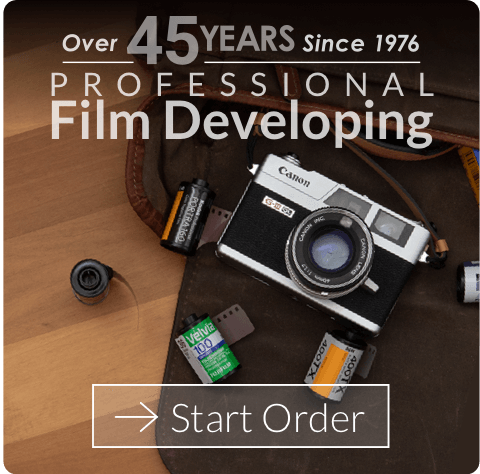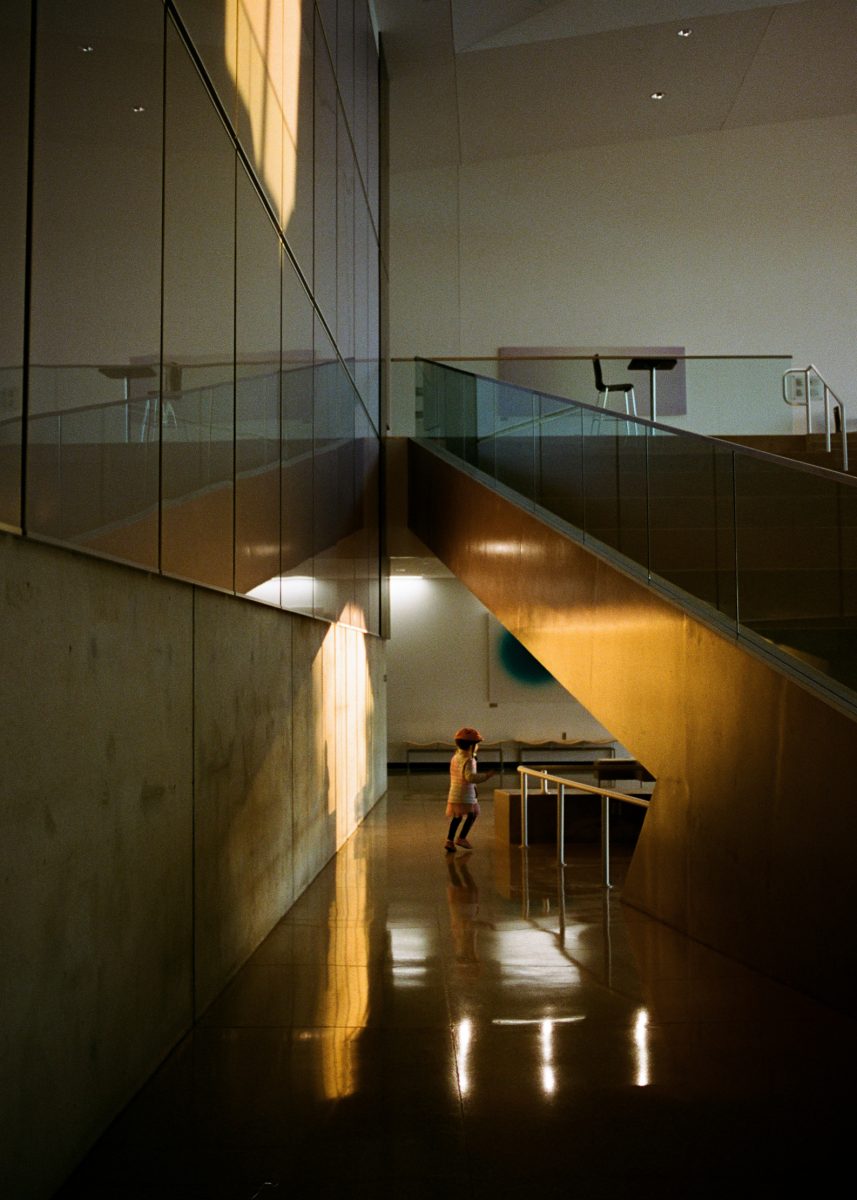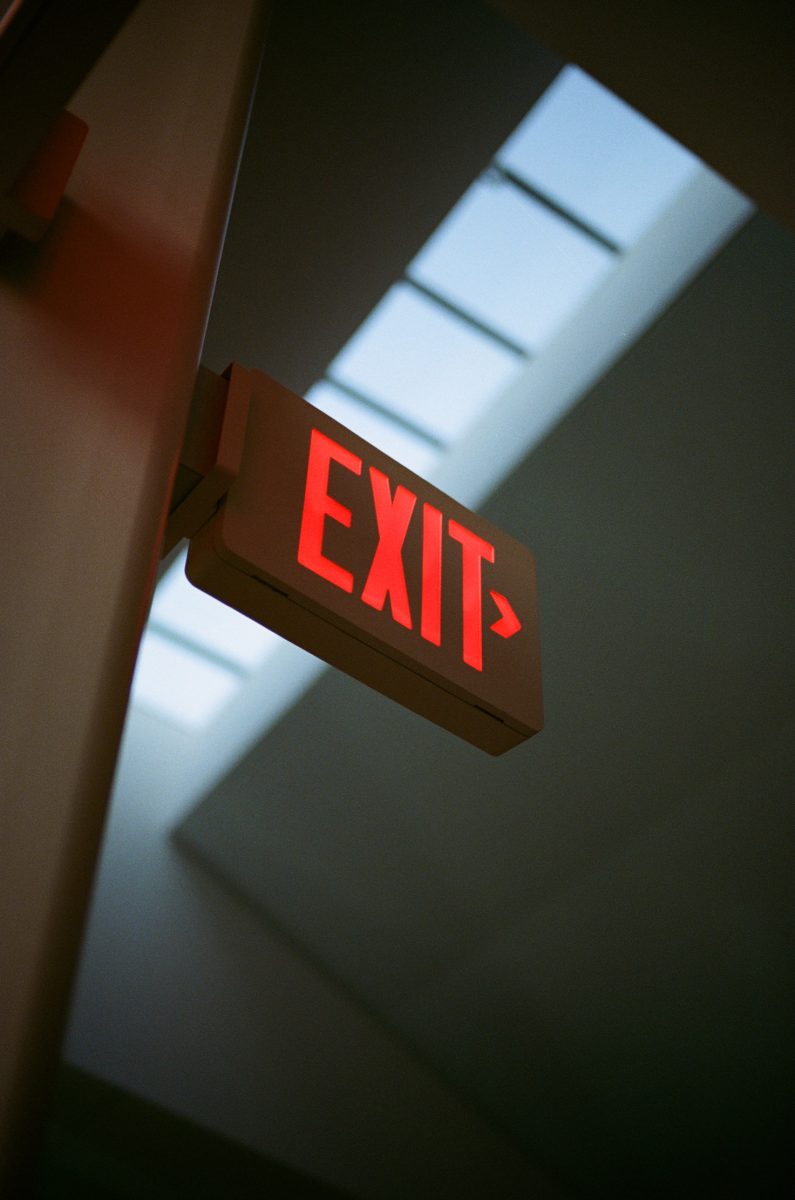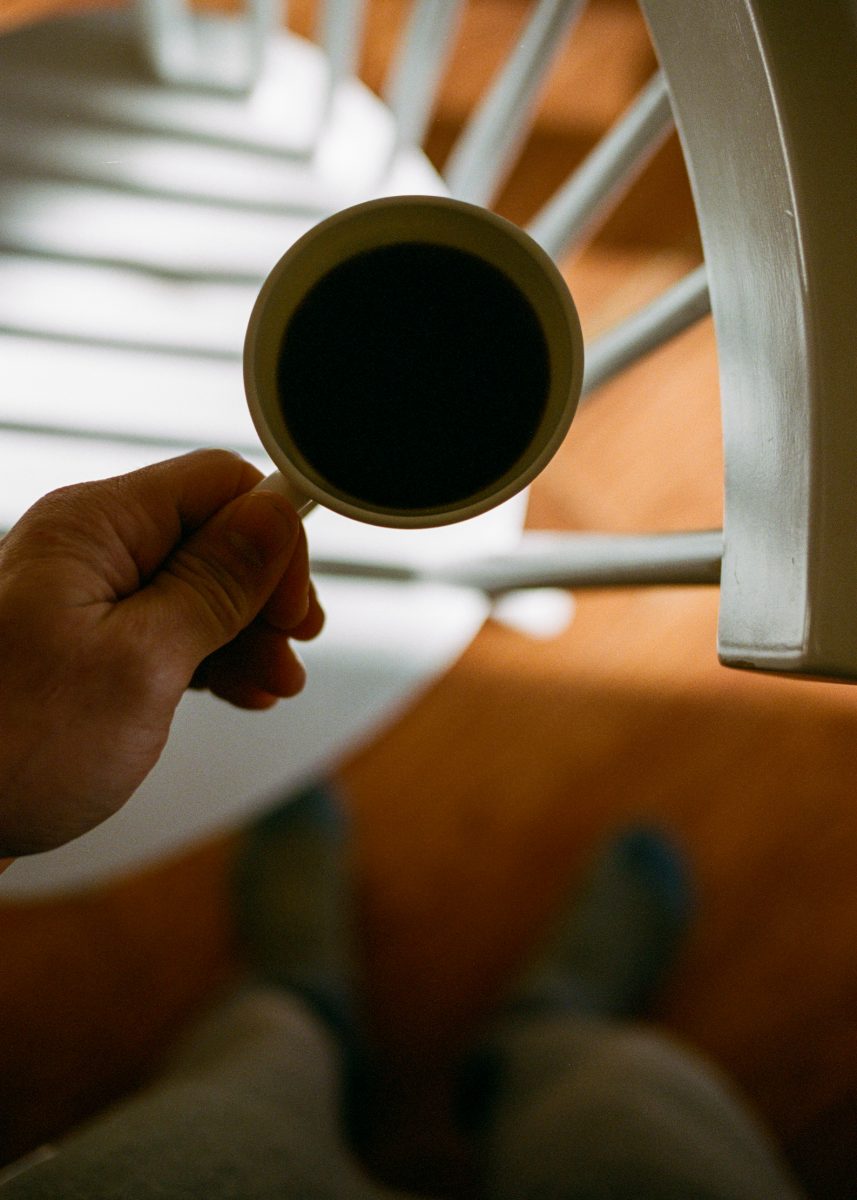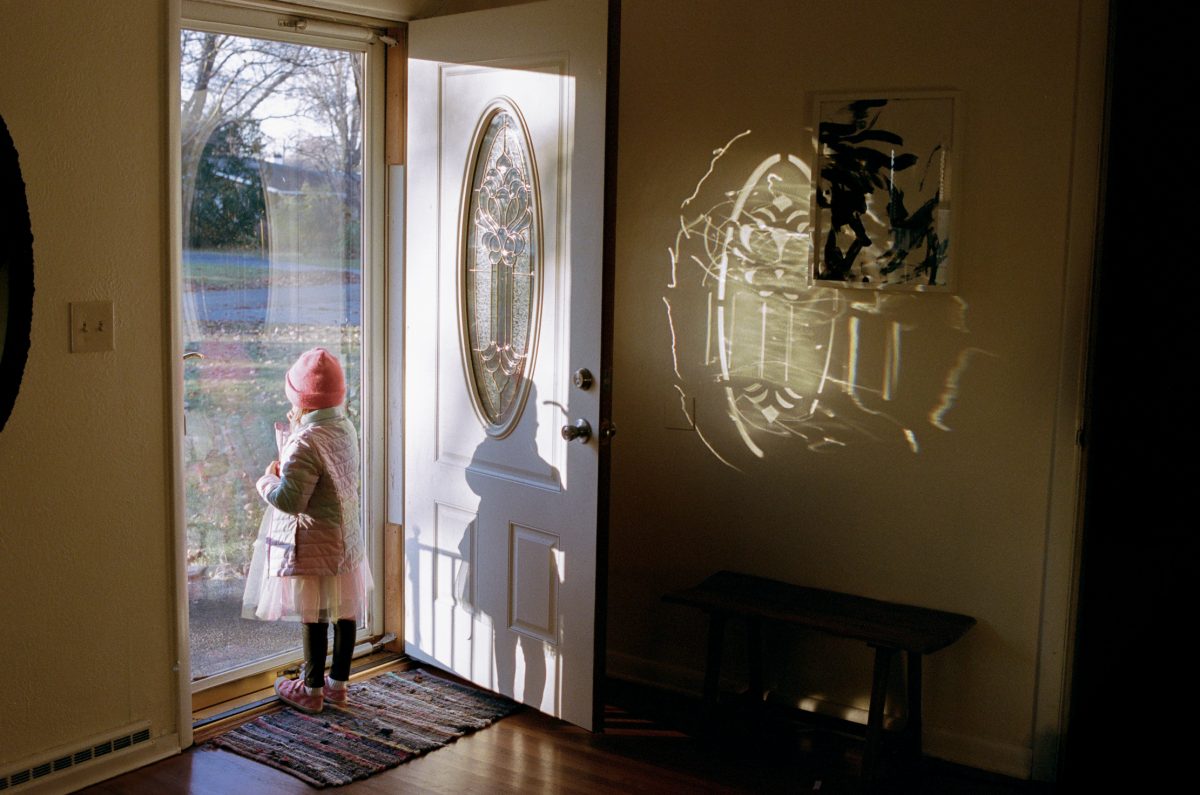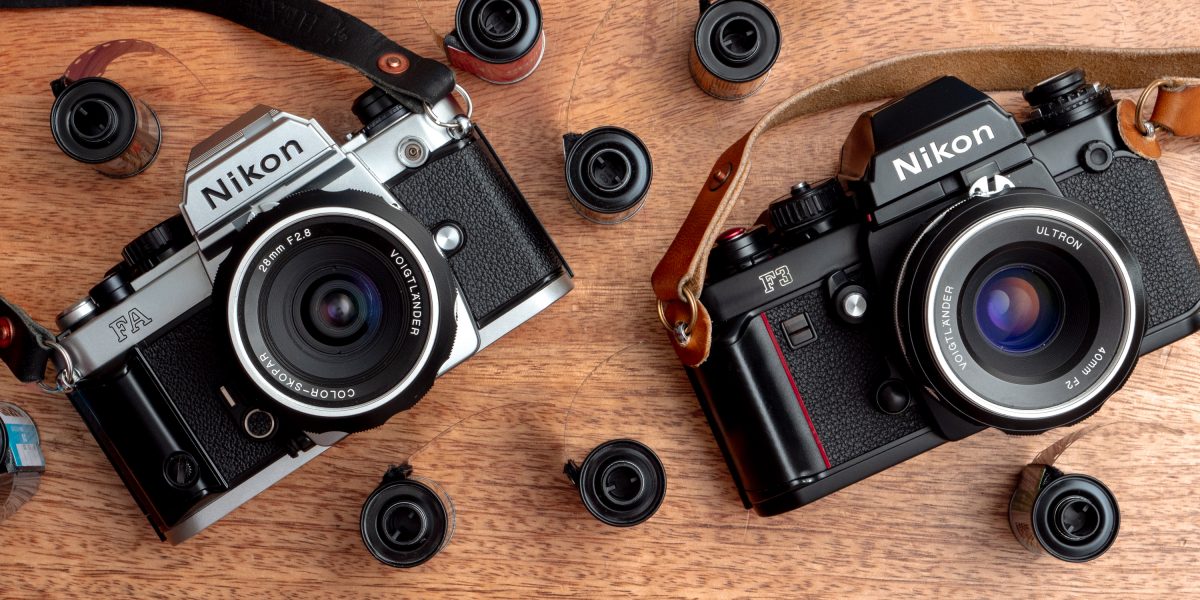
Today, we dive into the world of Nikon film cameras, specifically focusing on the underrated Nikon FA which is a great camera idea for film enthusiasts as well as seasoned film photographers! We’ll explore why the Nikon FA might just be a better choice than its well-known counterpart, the Nikon F3.
Comparing the Nikon FA and F3: The Nikon FA stands tall against the popular Nikon F3, offering not only comparable but often superior features. Despite being more budget-friendly, the Nikon FA outshines the F3 in several aspects.
Nikon FA vs. Nikon F3
- Newer Technology: The Nikon FA boasts four exposure modes; manual, aperture priority, shutter priority, and program compared to the Nikon F3’s two modes; manual and aperture probity.
- Max Shutter Speed: The Nikon FA boasts a fast 1/4000th of a second max shutter as well as 250th flash sync compared to the F3’s 1/2000th max shutter and 60th flash sync.
- Advanced Metering: The FA features a matrix meter and an optional spot meter, providing photographers with more control over exposure.
- Built-in Hotshoe: A built-in hotshoe simplifies the process of attaching external flashes, making the Nikon FA a versatile choice compared to the Nikon F3 which doesn’t have built in hotshoe meaning you’ll need the relatively rare hot shoe adapter or a flash sync cable.
- Weight and Size: The Nikon FA is lighter than the Nikon F3 and since the Fa doesn’t have a removable viewfinder, it is also slightly smaller and more compact.
- Bright Viewfinder: Both have bright and very big viewfinders and while the Nikon F3 has a variety of interchangeable viewfinders, we find that we rarely use that feature and the removable viewfinder often results in much ore dust in the finder compared to the Nikon FA’s sealed viewfinder which doesn’t allow nearly as much dust to get in.
Below are some images from a roll of Portra 400 taken with the auto program mode on the Nikon FA which shows how accurate the matrix meter is!
AI-S Lenses Compatibility: The Nikon FA is one of only four cameras truly utilizes AI-S lenses, offering matrix metering capabilities. This feature distinguishes it from the Nikon F3 which can use AI-S lenses but since the F3 doesn’t have matrix metering there is no point in getting AI-S as AI and AI-S lenses are basically the same – the only difference is that they allow for matrix metering on certain Nikon cameras.
Affordability: The Nikon FA proves to be a cost-effective alternative, often available at half the price of the Nikon F3. If the F3 is beyond your budget, the FA, along with the Nikon FM and FE, presents compelling alternatives.
Nikon Film System Advantages: Nikon cameras are reliable, built well, and offer extensive lens options. Nikon’s commitment to the F mount lenses over the years means a wide selection of lenses choose from, both from Nikon and third-party manufacturers.
Recommended Platform for Used Gear: Explore KEH.com for your used camera gear needs. As a trusted source, they offer a variety of Nikon bodies and lenses, providing quality options for film enthusiasts.
In Conclusion
The Nikon FA is defiantly a hidden gem, not only in the realm of Nikon but all film cameras. Its advanced features, affordability, and compatibility with a wide variety of F mount Nikkor lenses make it a worthy companion for photographers of all levels.



 My Account
My Account

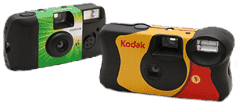
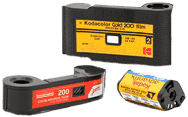






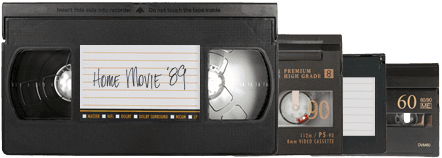
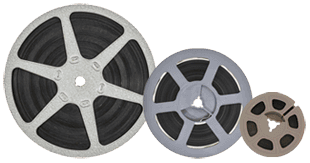
 Gift Cards
Gift Cards Film Index
Film Index FAQ
FAQ
